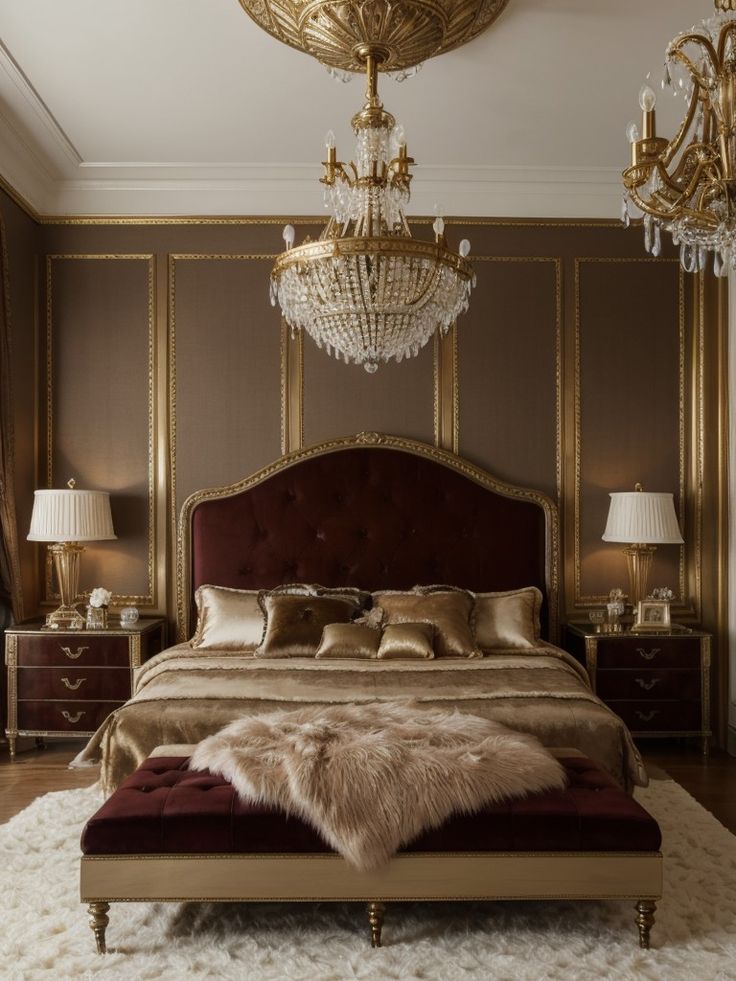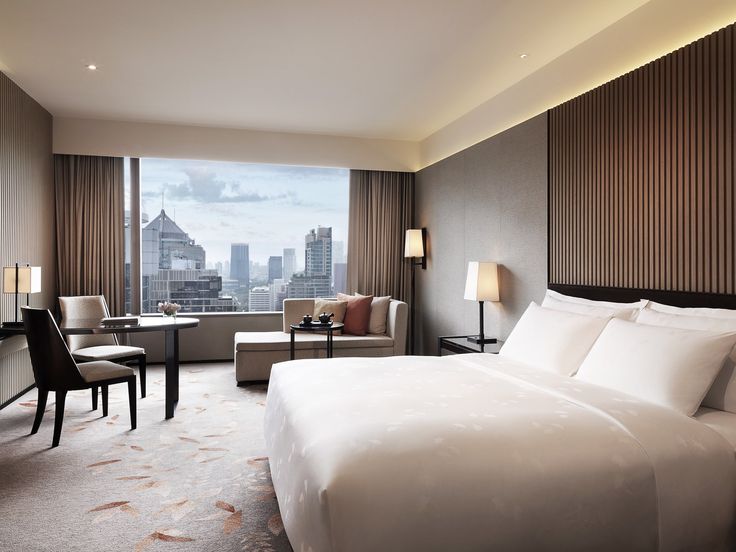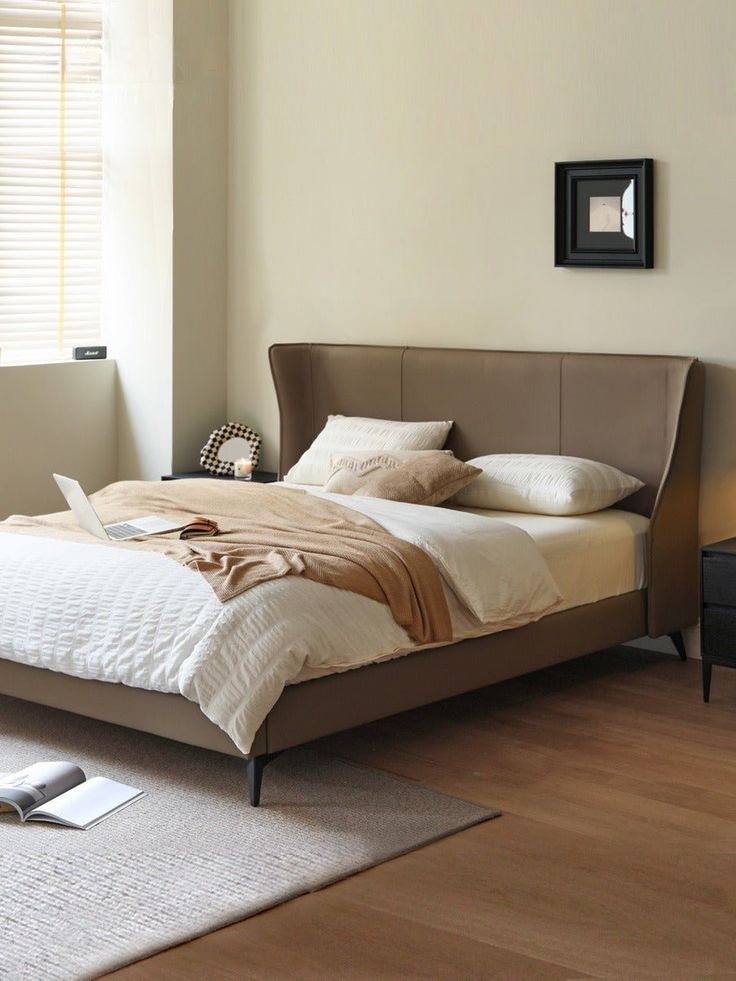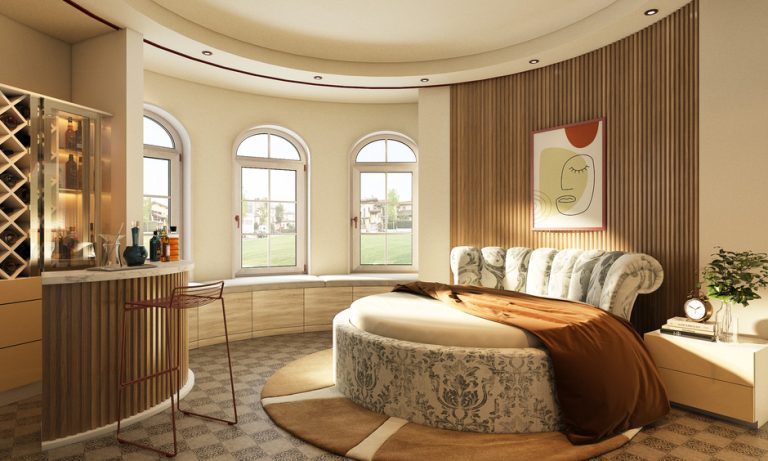Bedroom Designs | Latest Bedroom Ideas
The bedroom, more than any other room in your home, serves as a deeply personal sanctuary. It’s where you begin and end each day, a dedicated space for rest, rejuvenation, and quiet reflection. Far from being just a place to sleep, a well-designed bedroom profoundly impacts your mood, quality of rest, and overall well-being.
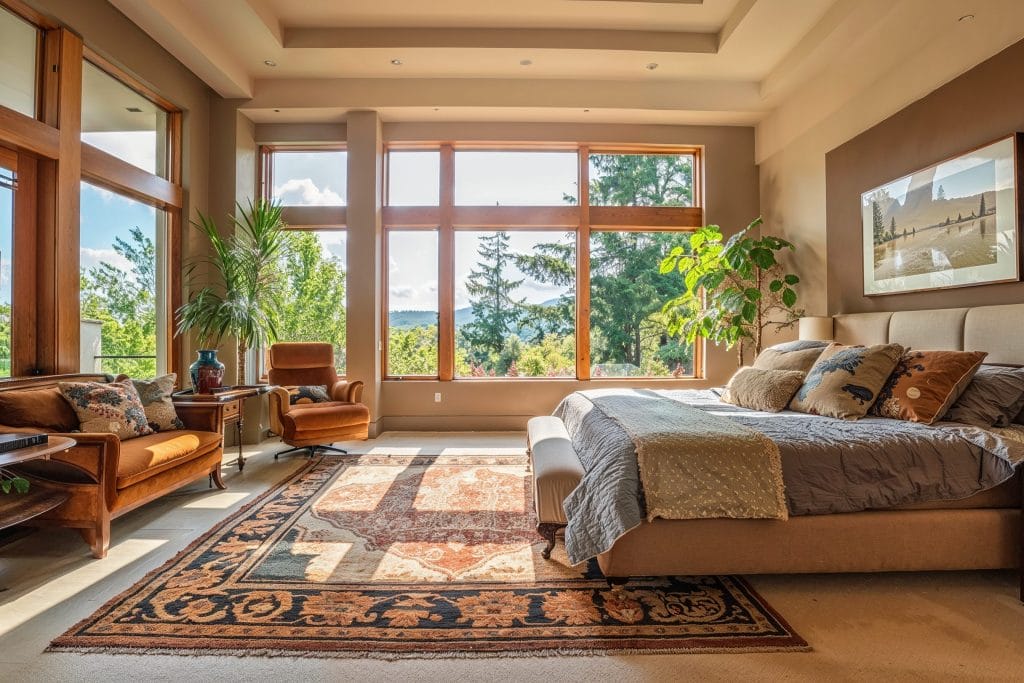
It acts as a canvas for self-expression, a haven where functionality seamlessly blends with personal style to create an atmosphere of unparalleled comfort and tranquility. Understanding the art of bedroom design allows you to transform a simple room into a truly restorative and inspiring retreat.
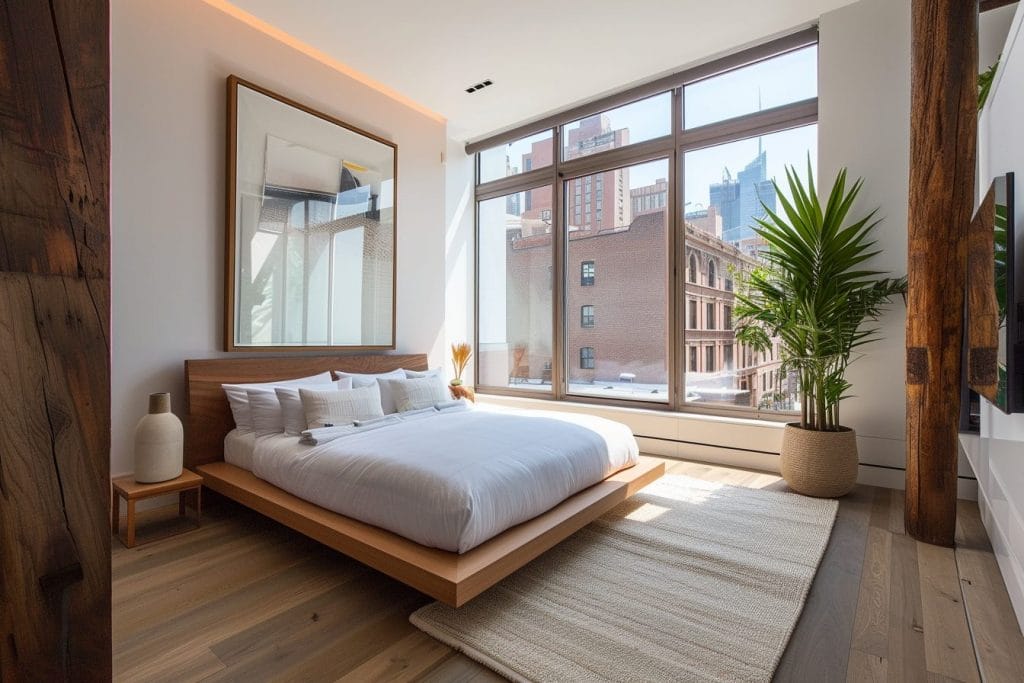
Crafting Your Personal Haven: Art of Bedroom Designs
The bedroom stands as the most intimate and personal space within any home. Far more than just a place to sleep, it is a sanctuary where we unwind, recharge, and express our innermost selves. The design of this crucial room profoundly impacts our mood, quality of rest, and overall sense of well-being
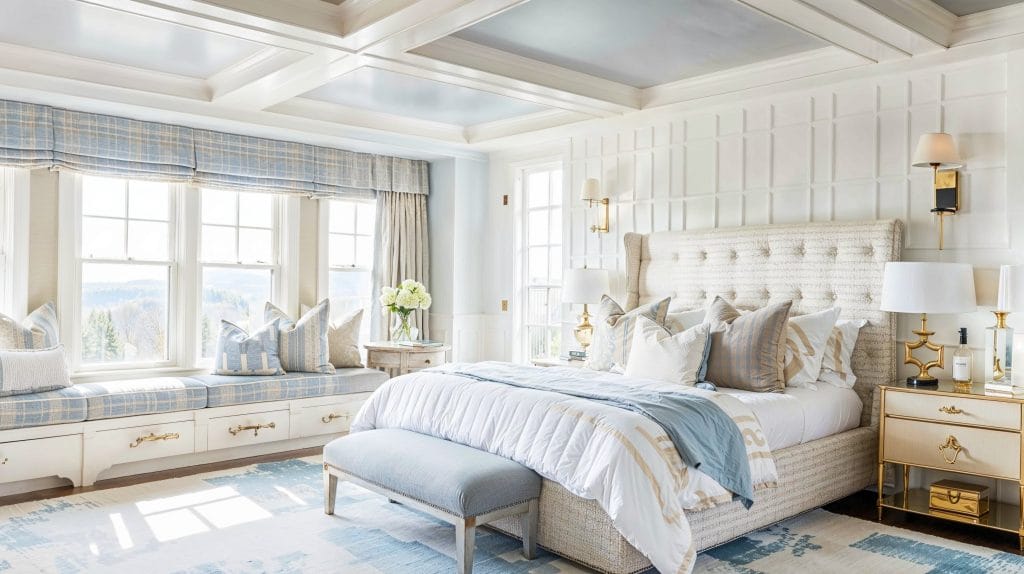
. A thoughtfully designed bedroom transcends mere aesthetics; it becomes a functional, comfortable, and deeply personal retreat that fosters tranquility and rejuvenation. Embracing the principles of effective bedroom design empowers us to transform a basic room into an oasis tailored precisely to our needs.
Understanding Your Bedroom’s Purpose
Before any furniture is chosen or paint is applied, it’s essential to define what you want your bedroom to achieve. Is it solely for sleeping, or do you envision a multi-functional space that includes a reading nook, a meditation corner, or even a small home office? Understanding these primary functions will dictate your layout, furniture choices, and storage solutions.
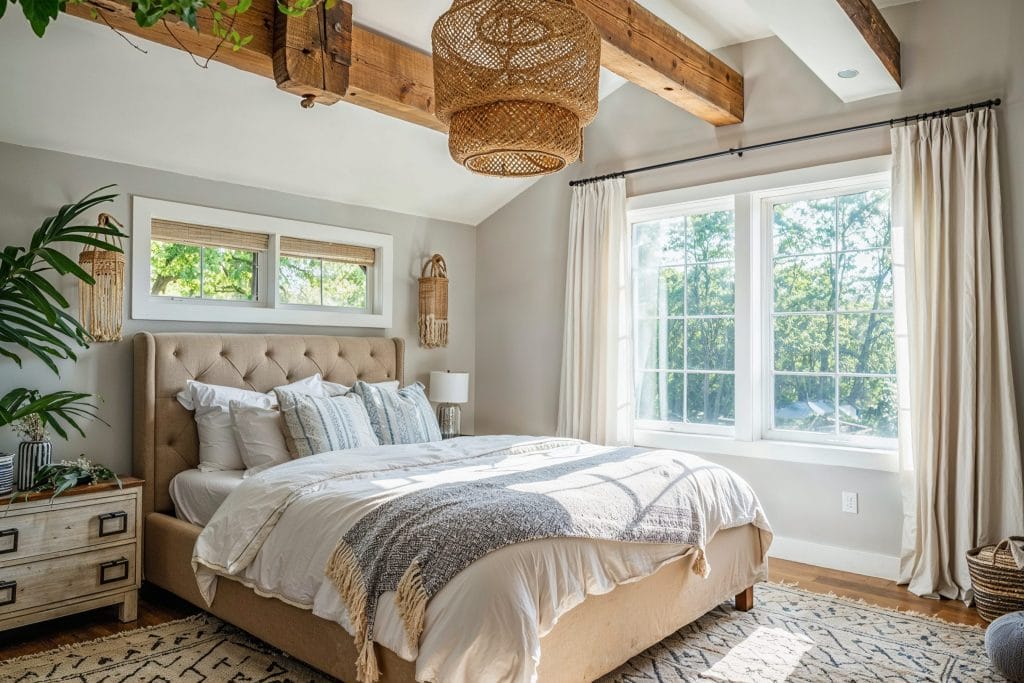
Consider your daily routine: where do you get dressed, read, or simply relax? Answering these questions lays the groundwork for a design that is both beautiful and inherently practical. This foundational step ensures that every subsequent decision contributes to a cohesive and purposeful environment, rather than just a collection of attractive pieces.
The Power of Color and Light
The interplay of color and light is perhaps the most influential factor in setting the mood of a bedroom. For a serene atmosphere conducive to sleep and relaxation, softer, cooler tones like muted blues, tranquil greens, gentle grays, and warm off-whites are often ideal. These hues have a calming psychological effect, promoting peace and quietude. If you desire a touch more vibrancy, introduce deeper accent colors through textiles, artwork, or decorative accessories, rather than painting entire walls in stimulating shades.
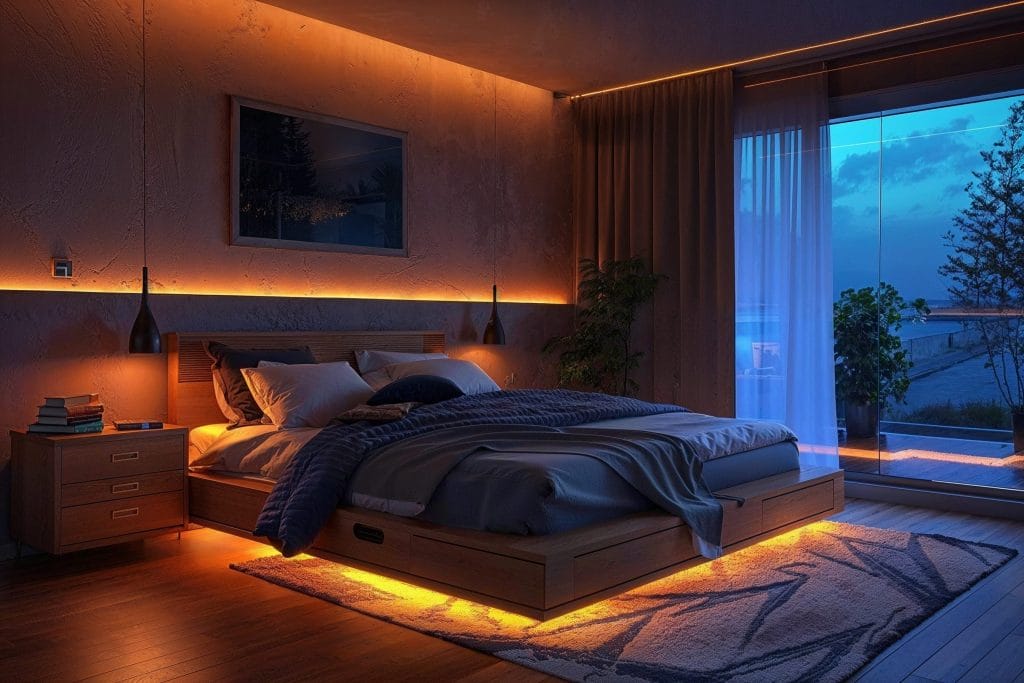
Beyond color, lighting plays a pivotal role. Layering different types of light is key: ambient lighting from overhead fixtures provides general illumination, while task lighting from bedside lamps is essential for reading. Accent lighting, such as dimmable wall sconces or decorative string lights, can create a softer, more intimate ambiance. Maximizing natural light during the day is crucial, so choose window treatments that allow light in while ensuring privacy, and consider adding dimmers to all artificial light sources for ultimate control over the room’s mood.
Furniture Selection and Layout
The bed is undeniably the anchor of any bedroom, and its selection should be both comfortable and visually appealing. Consider the style of your bed frame—whether it’s a minimalist platform, a plush upholstered design, or a classic wooden frame—as it sets the tone for the entire room. Beyond the bed, practical and aesthetically pleasing storage solutions are paramount. Nightstands should offer convenient access to essentials, while dressers and wardrobes need to accommodate your clothing and accessories without overwhelming the space.
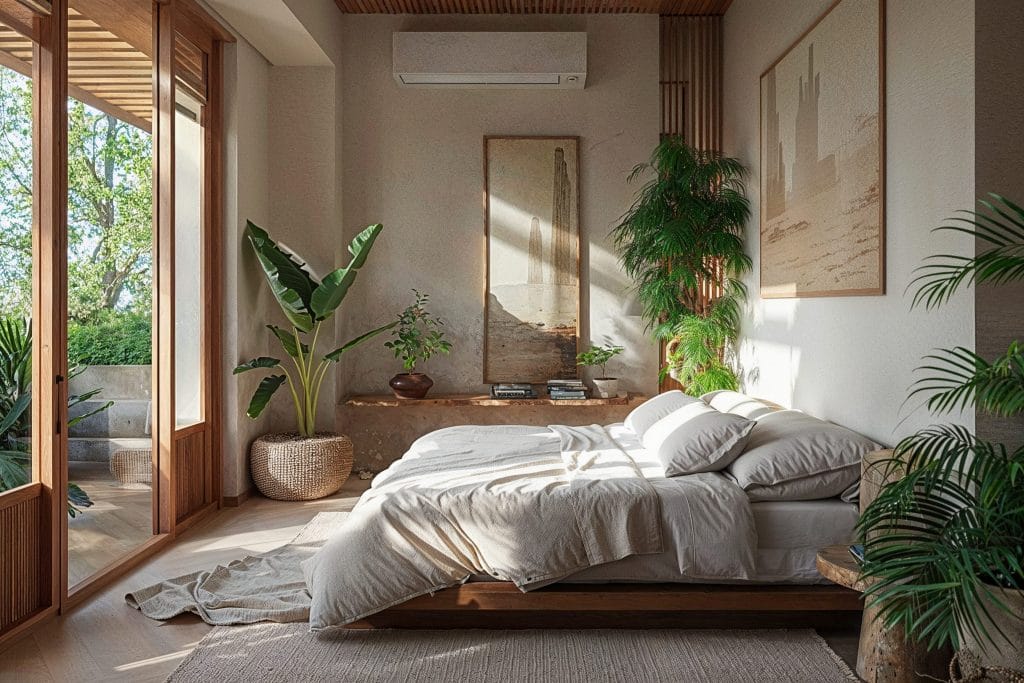
Built-in storage can create a seamless, custom look, while freestanding pieces offer flexibility. In larger bedrooms, an accent chair or a small bench at the foot of the bed can provide additional seating and a touch of luxury. Always pay attention to the scale and proportion of your furniture relative to the room’s size, ensuring that pieces fit comfortably without making the room feel cramped or under-furnished.
Embracing Textiles and Textures
Textiles are the unsung heroes of bedroom design, adding layers of comfort, warmth, and visual interest. High-quality bedding is a non-negotiable investment; luxurious sheets, a cozy duvet, and an array of throw blankets in varying materials like linen, cotton, or wool invite relaxation. An area rug can define the sleeping zone, add a soft underfoot feel, and even absorb sound for a quieter environment.
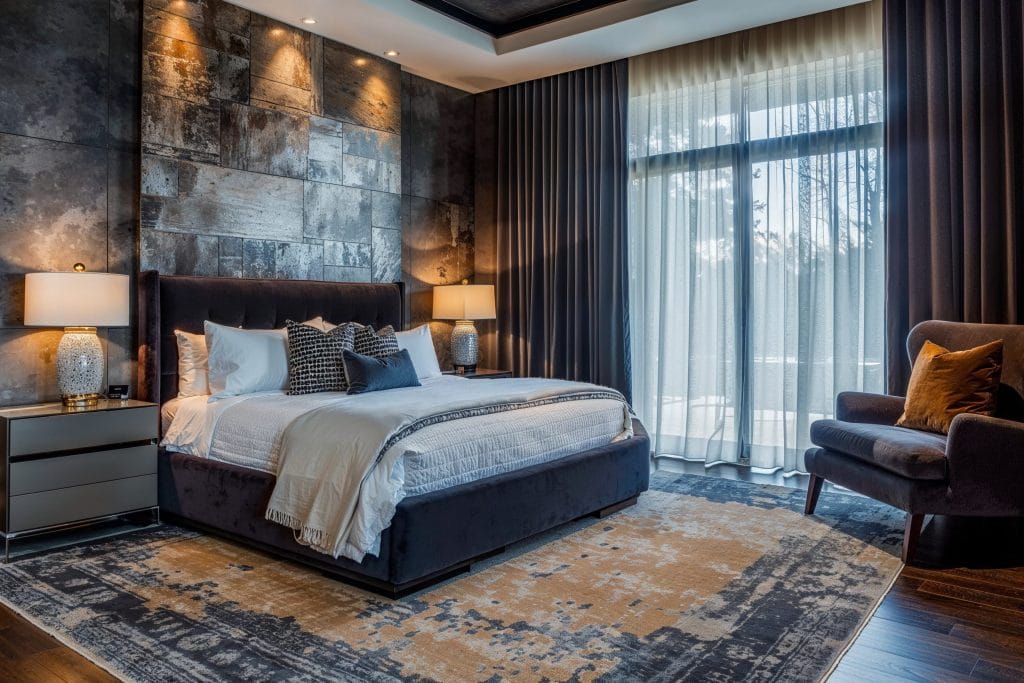
Window treatments, such as blackout curtains or sheer drapes, control light and privacy while contributing to the room’s aesthetic. Don’t underestimate the power of decorative pillows; mixing different patterns, colors, and textures can instantly elevate the bed’s appearance and provide additional comfort. These soft elements transform a functional space into a truly inviting sanctuary.
Personal Touches and Accessories
The final layer of bedroom design is where your personality truly shines. Wall decor, whether it’s a collection of cherished artwork, a statement mirror, or thoughtfully arranged shelving, can transform plain walls into a gallery of your tastes. Mirrors not only add visual interest but can also make a small room feel larger and brighter by reflecting light. Introducing live plants brings a touch of nature indoors, improving air quality and adding a refreshing organic element.
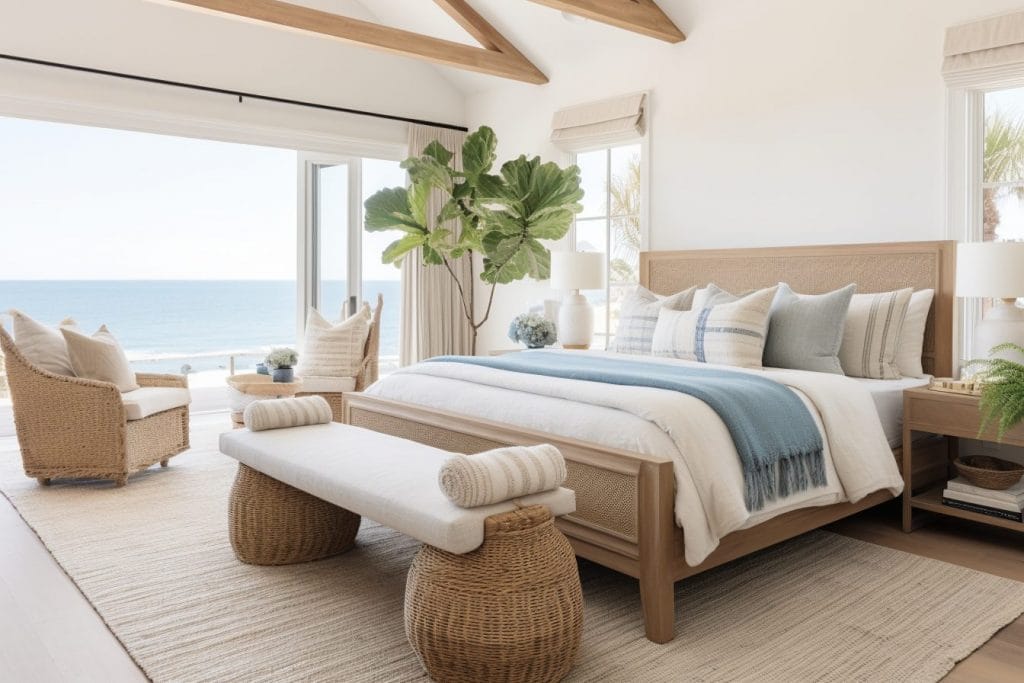
Lastly, curate a collection of accessories that are meaningful to you: framed photographs, treasured keepsakes, or unique decorative objects. These are the elements that imbue the room with a sense of identity and make it feel truly lived-in and loved. Avoid clutter, though; a few carefully chosen items are far more impactful than many disorganized ones.
Optimizing for Space
Regardless of your bedroom’s dimensions, smart design strategies can maximize its potential. For smaller rooms, multi-functional furniture, such as a bed with integrated storage drawers or a wall-mounted nightstand, is invaluable. Utilizing vertical space with tall, narrow bookshelves or floating shelves draws the eye upward, creating an illusion of greater height. Strategic placement of mirrors can also visually expand a compact space.
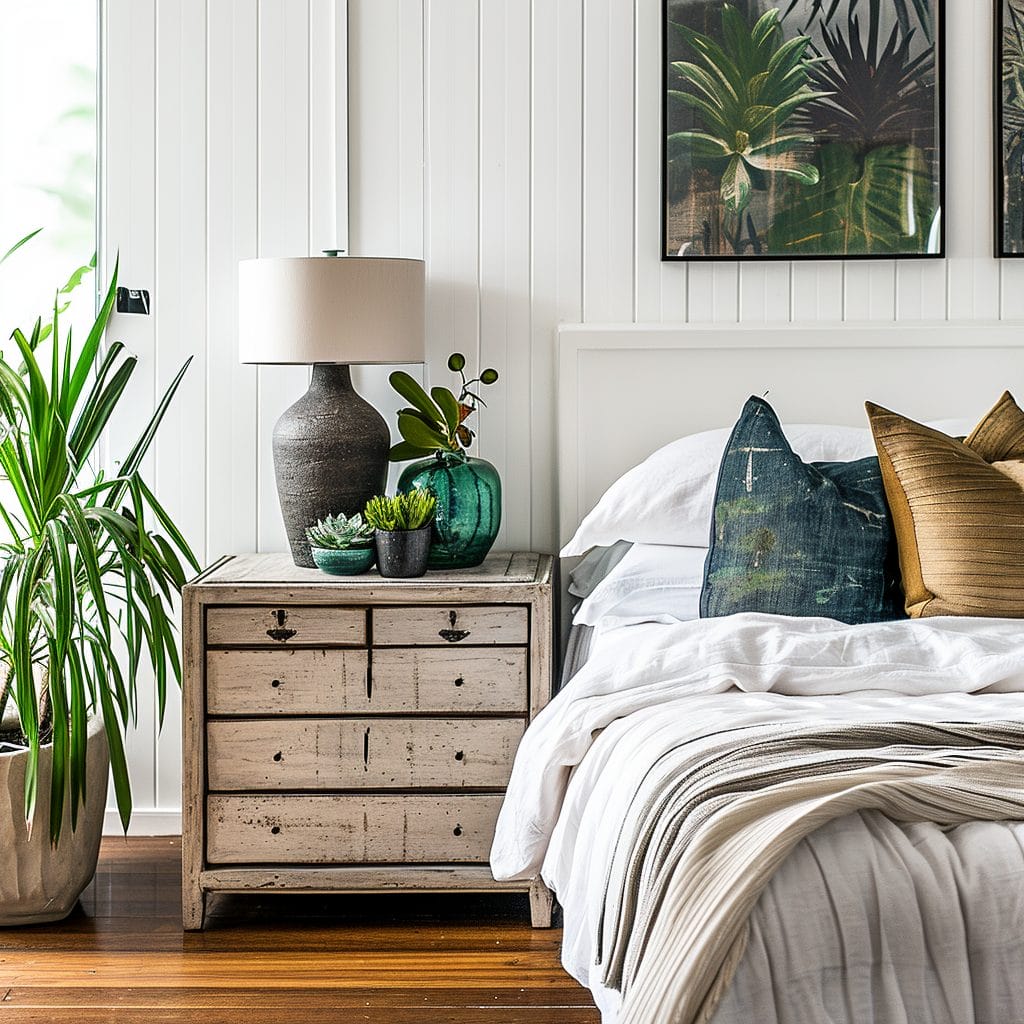
In contrast, large bedrooms can sometimes feel cavernous. Here, you might consider dividing the room into distinct zones—for sleeping, lounging, or dressing—using large area rugs to define each space. Don’t shy away from statement furniture pieces or bold artwork that can fill the expanse proportionately. For oddly shaped rooms, custom-built solutions can ingeniously utilize awkward corners or alcoves, turning design challenges into unique features.
Conclusion: Your Retreat Awaits
Designing a bedroom is a deeply personal and incredibly rewarding endeavor. It’s an opportunity to create a space that not only meets your practical needs but also resonates with your innermost self, offering a refuge from the demands of the outside world.
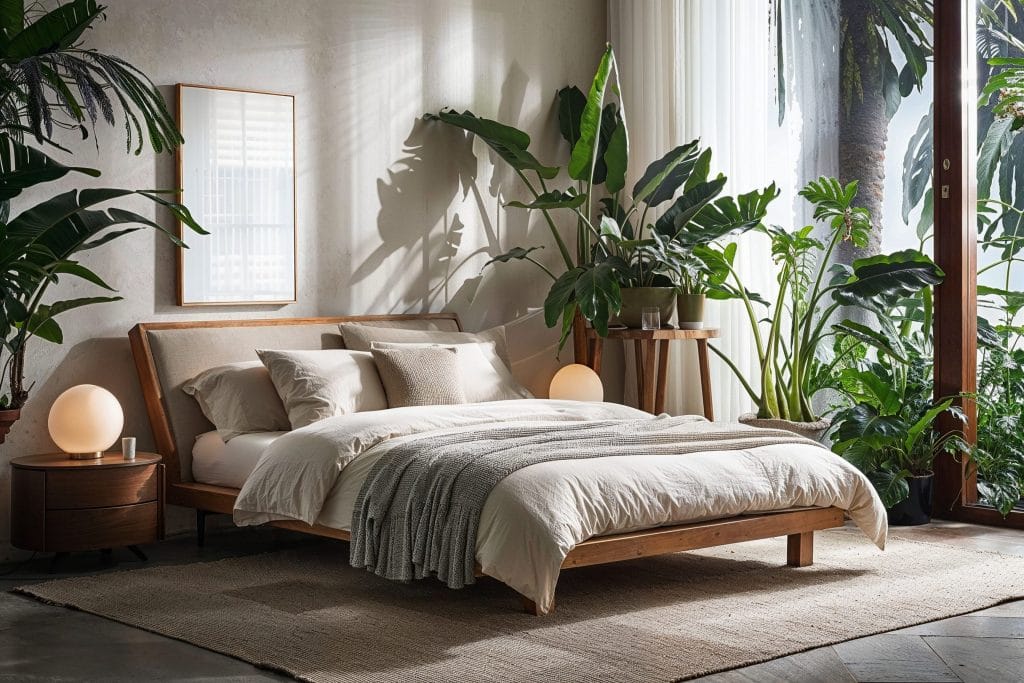
By thoughtfully considering the purpose of your room, meticulously selecting colors and lighting, choosing functional yet beautiful furniture, layering inviting textiles, and infusing the space with personal touches, you can transform your bedroom into a true sanctuary. Embrace the process, allow your creativity to flourish, and soon you will have a perfectly designed haven that inspires rest, tranquility, and a profound sense of peace.

